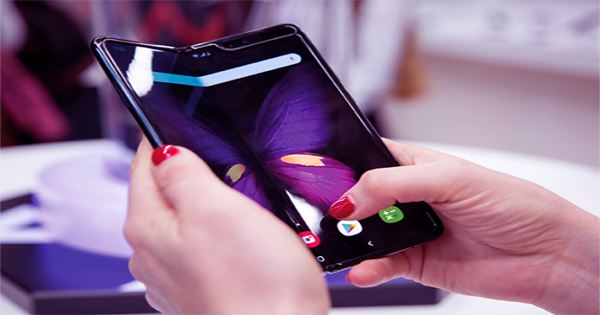Holograms allow 3D images to be viewed from a wide-angle without special glasses. However, holograms are not easy to create because they often require a heavy display,
the most basic of them. Holograms are the fifth future displays. Sci-Fi prefers to use holograms as communication, advertising, and even as a virtual doctor.
Study author Jungkwuen Ann and colleagues note that images tend to be displayed in 3D from angles 30 times wider than regular screens. It may not last long. Researchers have reported the development of a new display at Nature Communications that allows holograms to be viewed with a slimmer setup and may eventually be updated on a portable device.
The display spans 25.6 centimeters (10.1 inches) and is made up of 8 million voxels (volume-pixels) that are updated at 30 frames per second. The turtle was controlled with a keypad next to the screen to demonstrate the versatility of the technology and how these holograms could be updated in real-time.
It uses a special backlight and light-risk system to provide vital illumination to the images. The team demonstrated this by making a 4K video of a swimming tortoise in real objects like aquatic plants. The display was less than 1 centimeter thick and was integrated with a single-chip custom processor.
The system with the thinner display is much thinner, but it is still a little less than 10 centimeters (about 4 inches) thick. So we are not yet ready for holograms on our phones or tablets
Researchers have shown that it is possible to film holograms using over-the-counter equipment, and now this work shows that holographic displays are becoming more flexible. We are not yet at the sci-fi level of the ubiquitous hologram, but we are getting closer to it, over the past decade.















